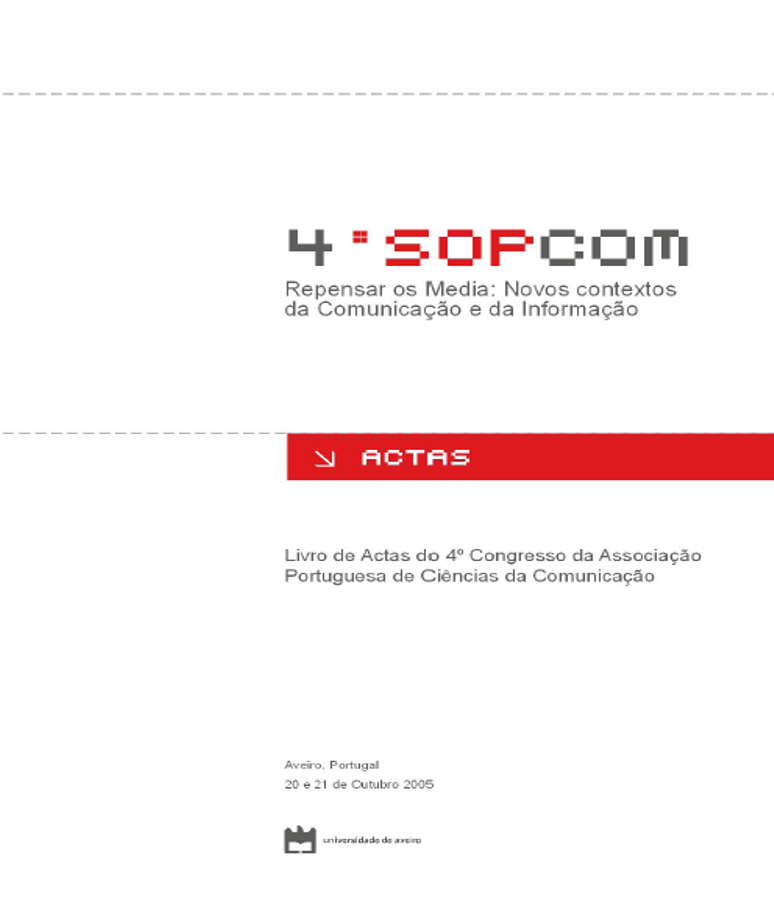Mulheres, crianças e neutros: representações de género na linguagem sinalética
Resumo
The paper intends to reflect upon the way pictography, as used in modern signage, far from being (as it was said to be, during the modernist optimism of the 70s) a sort of "universal", intuitive language, on the contrary seems to have some limitations as a communication form. Not only signage pictography does not have an universal reach once it is, as every other language, historically located in a particular cultural context, but its own "universalistic" pretensions, demanding high degrees of redundancy, tends to lead into the defective use of caricature and stereotype, as communication forms. One also finds the systematic use of the generic male form, or false neuter : frequency of occurrence of male pictograms is much higher than female ones, males being used to represent the people. Our study is based on a contents analysis of 49 signage systems; 2 808 pictograms and signs on the whole, from which 767 showing human figure were selected.




